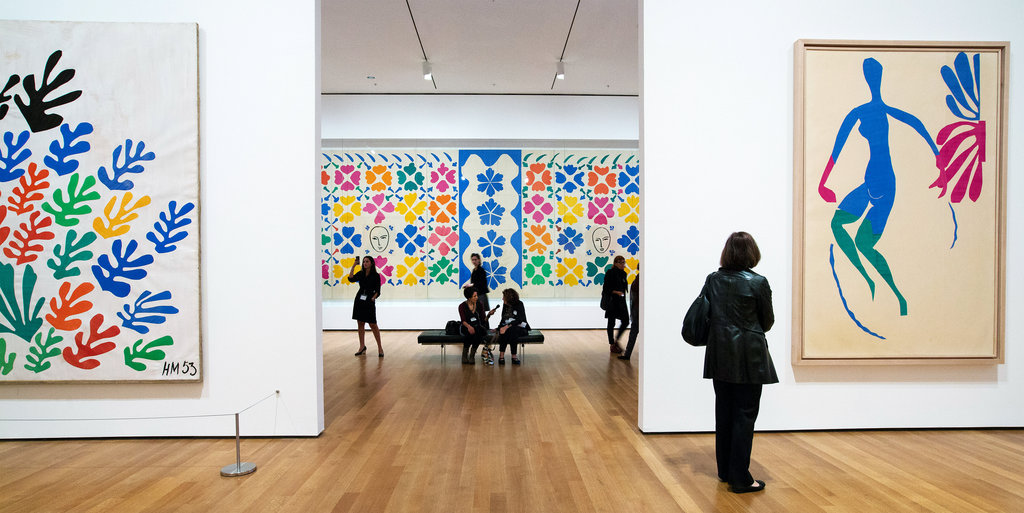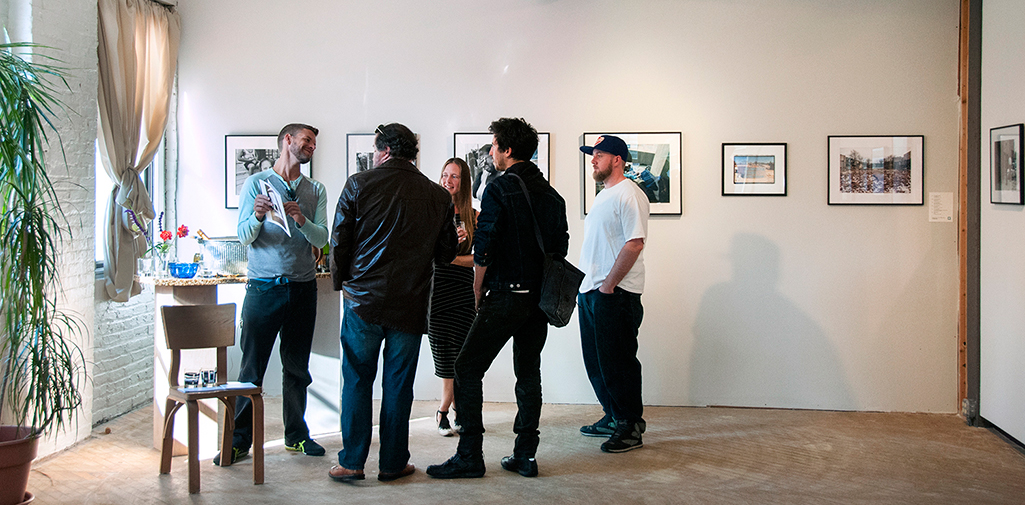WPA Professional Practices Panel: An Editorial by Anna Fine Foer
On Monday, October 27, the Washington Project for the Arts held a free Panel on arts journalism and getting press coverage for your work with three local art critics. Admission to the event at the Capital Skyline Hotel was free and open to the public, but required a rsvp.
Participating WPA Panelists:
Philip Kennicott is the Art and Architecture Critic for The Washington Post, and the winner of the 2013 Pulitzer Prize for Criticism and a contributor to the New Republic
Michael McCarthy is the Editor-in-Chief of DC Magazine.
Robert Bettmann is editor of the recently published book Bourgeon: Fifty Artists Write About Their Work and the founder of Day Eight, a producer, publisher, and performing arts company.
I am not sure how this observation relates to the topic, but when I arrived a little early for the event, the room was filled with women, and the panelists were all men. Is it because more women are artists? Or do men already know enough about the topic so they didn’t feel compelled to attend?
The conversation had many aspects that were specific to DC, so, for the purposes of this article and the BmoreArt audience, I will direct my comments to more general content that is applicable anywhere. Besides, we are familiar the eternal complaint in DC about getting the Post to cover a local gallery show, in other words, the struggles of a local artist to get their name in the “local” paper that is obligated to cover all the Smithsonian shows when they have one arts reporter.
A very obvious dilemma at present is that artists now have to take control of their own promotion, which is democratic in that we now have access through blogs, social media, and press releases to control our message. The downside is that it takes time away from our true metier: making art. Neil Gaiman famously stated that “I went from writing to answering emails for a living.” How do we balance these responsibilities?
Robert McCarthy’s introductory statement told us that, “Many non-artists are intimidated by artists, just as they may be intimidated by wine. Those folks put artists in a rarefied place and they don’t know how to approach artists at an opening. They don’t know what to say.” He also told us that, “If I don’t know about you, I can’t write about you”.
Kennicott’s introduction discussed the stripped down nature of the newsroom these days. According to PEW research, more news outlets are using aggregated items than original content. We know there are fewer papers with Arts Editors so there needs to be a new way to financially support that role at a newspaper. One novel approach is in Dallas, where the newspaper could not afford a full time art critic so he is also a part time faculty member at a local university.

“Why do we have a critic?” Kennicott asked. He answered that question for us, it is for MEMORY. How do we have an exchange about an art experience? The newspaper review or critique can be a starting point to discuss an art event, whether it is visual or performance art. If an event is written about, it is archived and can be retrieved and researched. In other words, if it happened and no one wrote about it, did it happen?
Robert Bettmann talked about his research on the Washington Color School, which was a loosely associated group of painters who may or may not have lived in DC around the same time (late 50’s to 60’s). Bettmann’s thesis is that it was the journalists and critics who actually coined the phrase and defined the movement. In his words, “Critics had the power to define a movement that was actually a flimsy idea; they didn’t even all live in DC and didn’t associate with each other.” Gone is the archetypal image of a group of artists meeting in cafes, writing a manifesto – gone is the absinthe drinking.
Bettmann founded a non-profit called “Day Eight,” part of its mission is to teach artists how to write about their work. A question arose: “Should artists express themselves in writing, or should the critic describe it?” The general consensus was that , YES, absolutely, artists must be able to write about their work. From my experience, it helps clarify your direction and you begin to understand and realize your most important goals. You can refer back to your personal manifesto and be satisfied that you are staying true to something you stated about yourself and also helps to expand upon your mission.
This question led to a discussion about artist statements; in some artist statements the words don’t make sense and don’t relate to the actual artwork. Some artists are impressed with fancy words that do not articulate their body of work.
Kennicott posed this question to Melissa Chiu, the new director of the Hirshhorn, “How do you find new talent?” She said every way possible: word of mouth, looking at websites, reading reviews, etc. That precipitated a discussion of images on artist websites. Some websites have tiny images and the fonts are so faint that they can’t be read, which will not impress a critic or curator.
A question for the panelists was about negative reviews. There was an agreement that negative headlines get alot of clicks in our Buzzfeed world of “Top 5 Reasons to Hate Jazz” for example.
Another question was about coverage for grass roots, pop-up, and community center events that do not fit the traditional gallery mode. The panelists reassured the audience that there is a need and want to cover these type of happenings. As long as there is a press release, phone number and address for the event, it will be considered along with all the other requests, “No matter how hippie” to quote Kennicott.
I suppose it is ironic to mention at this point in this article, but it occurred to me that no one asked about how to get blogs to be income producing. That would have taken the conversation in another direction. Perhaps this is a topic for another conversation, since the forum was professional practices for artists.
In summation: send press releases, make sure you have a well written and easily comprehensible artist statement (less is more), include very visible, large images and fonts on your website and keep networking, blogging, and writing about your process. As artists, we have the means at our disposal to get the word out about our work and to engage in a dialogue, to get the ball rolling, somehow, it is possible.
Author Anna Fine Foer is an Annapolis-based Visual Artist. View her work here http://www.annafineart.com.






